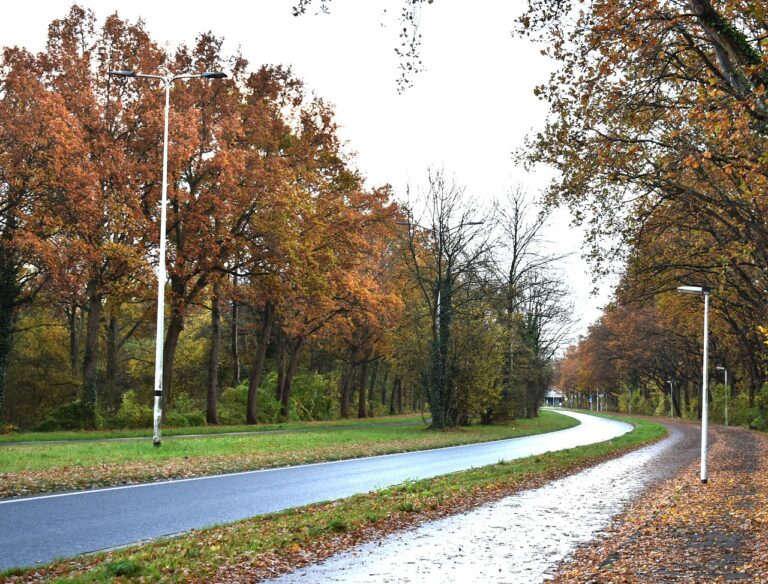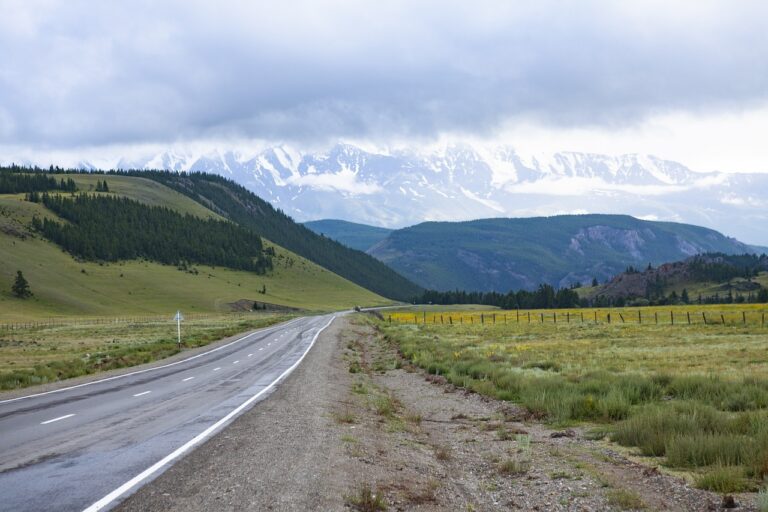Exploring the world’s ancient forests: immersing in biodiverse ecosystems
When it comes to the wonders of nature, few places inspire as much awe and wonder as the world’s ancient forests. These ancient ecosystems have existed for thousands, if not millions, of years, supporting a rich variety of plant and animal life. From towering trees that have stood for centuries to unique species found nowhere else on Earth, ancient forests provide a glimpse into the past and offer valuable lessons for the future.
The Importance of Ancient Forests
Ancient forests play a crucial role in maintaining global biodiversity. These ecosystems are home to a wide range of plant and animal species, many of which are endemic to specific regions. By protecting ancient forests, we can help preserve the genetic diversity of these species and ensure their survival for future generations.
In addition to their biodiversity, ancient forests also play a critical role in regulating the Earth’s climate. The trees in these forests act as carbon sinks, absorbing carbon dioxide from the atmosphere and helping to mitigate climate change. By protecting ancient forests, we can help combat global warming and preserve a stable climate for future generations.
Exploring Ancient Forests Around the World
The Amazon Rainforest
The Amazon Rainforest is the largest tropical rainforest in the world, covering an area of over 5.5 million square kilometers. It is home to an incredible diversity of plant and animal species, many of which are found nowhere else on Earth. From jaguars and macaws to giant river otters and howler monkeys, the Amazon Rainforest is a true paradise for wildlife enthusiasts.
The Congo Basin
The Congo Basin is the world’s second-largest tropical rainforest, covering an area of over 1.8 million square kilometers across six countries in Central Africa. It is home to a wealth of biodiversity, including rare and endangered species such as forest elephants, chimpanzees, and okapis. Exploring the Congo Basin is a true adventure, with lush vegetation, winding rivers, and an array of fascinating wildlife.
The Tongass National Forest
Located in Alaska, the Tongass National Forest is the largest national forest in the United States, covering an area of over 26,000 square kilometers. It is home to ancient stands of cedar, spruce, and hemlock trees, as well as a diverse array of wildlife, including brown bears, wolves, and bald eagles. Exploring the Tongass National Forest offers a unique opportunity to witness pristine wilderness and ancient ecosystems.
Challenges Facing Ancient Forests
Despite their importance, ancient forests around the world are facing numerous threats, including deforestation, climate change, and habitat destruction. Illegal logging, agricultural expansion, and mining activities are putting immense pressure on these ecosystems, leading to the loss of valuable biodiversity and the destruction of critical habitat for endangered species.
Protecting ancient forests requires a concerted effort from governments, conservation organizations, and local communities. By implementing sustainable land management practices, enforcing stronger regulations against illegal logging, and promoting eco-tourism as a means of conservation, we can help ensure the long-term survival of these precious ecosystems.
FAQs
Q: Why are ancient forests important?
A: Ancient forests are important for maintaining global biodiversity, regulating the Earth’s climate, and providing valuable habitat for a wide range of plant and animal species.
Q: How can we protect ancient forests?
A: We can protect ancient forests by implementing sustainable land management practices, enforcing stronger regulations against illegal logging, and promoting eco-tourism as a means of conservation.
Q: What can individuals do to help preserve ancient forests?
A: Individuals can help preserve ancient forests by supporting conservation organizations, reducing their carbon footprint, and advocating for stronger protections for these valuable ecosystems.
Exploring the world’s ancient forests is a truly awe-inspiring experience that offers a glimpse into the past and a vision for the future. By protecting these precious ecosystems, we can ensure a sustainable future for generations to come.







